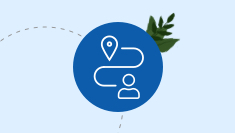Chapter 2: How You Make Decisions
Your organization needs to win the race for relevance. You need to be able to sense, anticipate, and respond to changes in your customers’ needs. This will enable you to stop treating every customer interaction with you as if it were their first.
You’ll start by organizing yourself around their profile, identifying more specific contextual opportunities to expand what you can cross-sell and upsell. This will then prepare you to expand beyond commodity transactions by understanding the broader “job to be done.” You’ll be able to identify adjacencies you don’t currently serve and expand into those broader areas or more closely partner with an ecosystem, for example life interests, education, health, financial wellbeing.
and Experiences and Data Centers
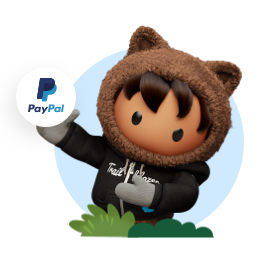
This means auditing who your customers are and what their needs are. You need to think about how you earn this data from your customers, as you are incrementally building trust. You need to integrate the data together to create useful insights. And then you need to share it across the right teams, often breaking down a historical culture of hoarding where people believe “information is power.”
This is not about flooding the company with dashboards. How you visualize those data as actionable insights, share it, and collaborate around it becomes your data culture.
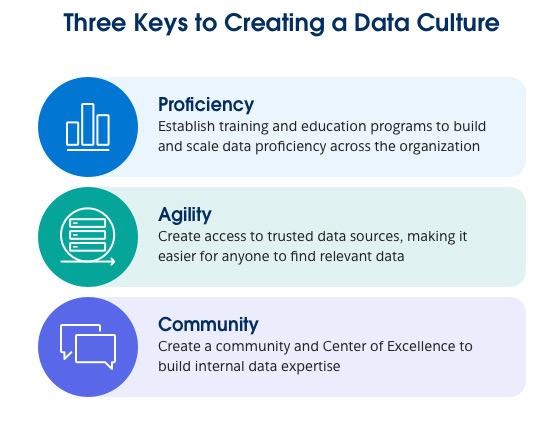
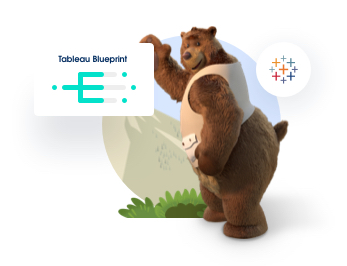
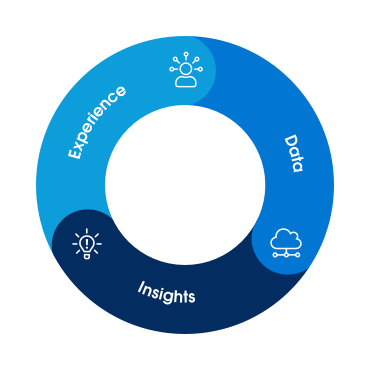
When Salesforce was founded in 1999, we offered only a small fraction of the technology we offer today. We grew into customer service, marketing, ecommerce, and more because our customers asked us to.
Our whole business is predicated on listening and delivering. Customer feedback is the engine that drives us — and it’ll help you evolve, too, for what comes next with your own customers.

Designate enough time and resources to rethink your current sense-and-respond capabilities and make a change. How can you evolve the legacy patterns on the left to the greater-value practices on the right? Get serious about uniting your marketing, sales, commerce, service, and IT teams to actually hear what customers are saying and make changes.
Throughout this process, cultivate an environment of psychological safety as a leader. Give teams the freedom to experiment and learn, and ensure everyone feels safe to offer criticism and share what’s not working.
- Establish a data culture and center of excellence.
- Build employee training programs on data proficiency, provide unified access to relevant data sources, and foster a data community with a Center of Excellence.
- Ensure that all teams incorporate insights from data and experiments back into the business.
- Create defined feedback loops.
- Develop listening mechanisms to capture, understand and respond to feedback that’s both internal from employees and external from customers and stakeholders.
- Align on a process to collect, view and socialize progress so teams are aware of timelines and KPIs.
- Build in flexible, iterative cycles.
- Have an iterative planning process that allows for regular retrospectives and incremental improvements.
- Ensure budget planning is part of that flexible process so that improvements can be resourced effectively.
Chapters
Related Content

Blog Post
What does Salesforce do?

Video
How Ford Plans to Transform an Icon

Report
How to Launch an Employee Experience Platform
More Resources

State of the Connected Customer

Create your Customer 360 in two simple steps.





